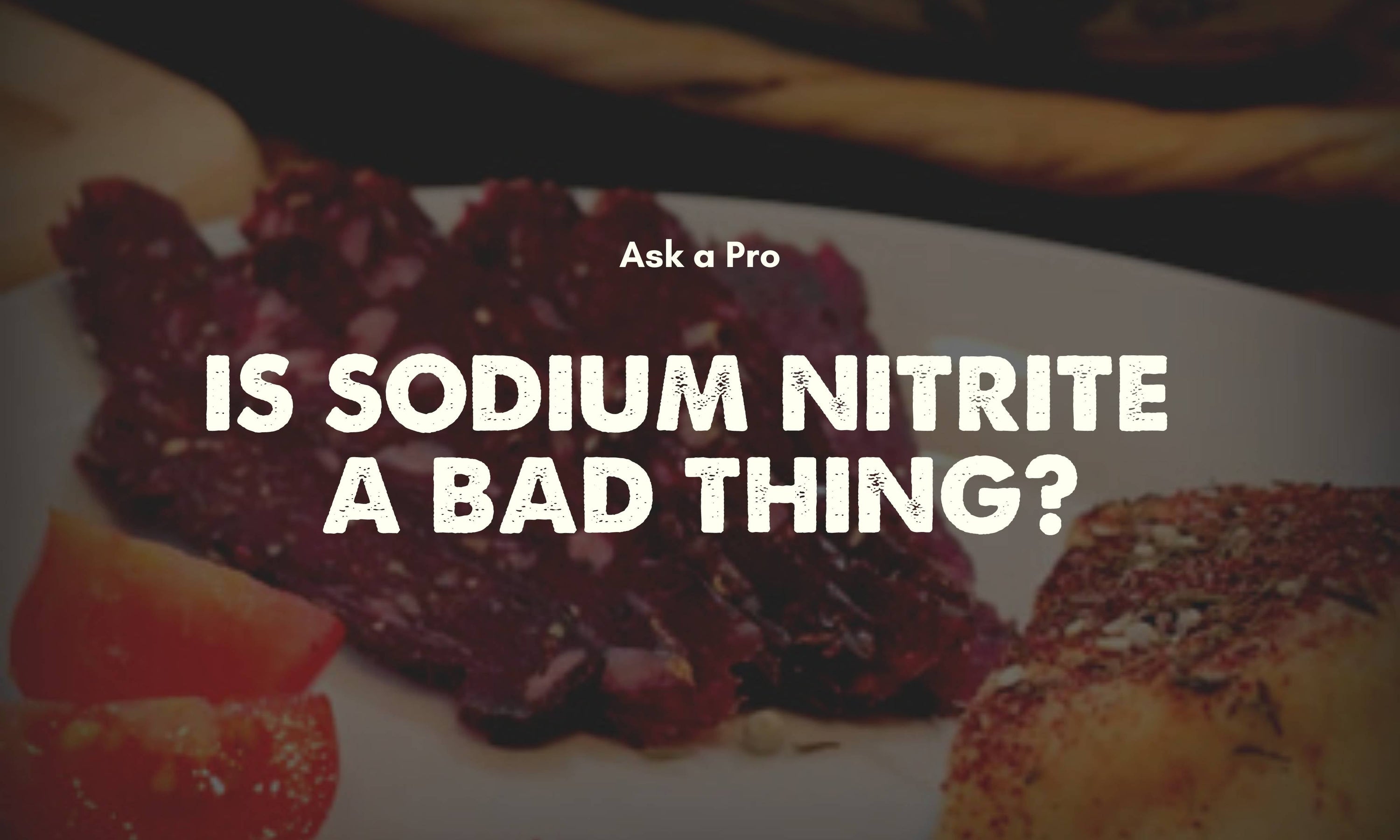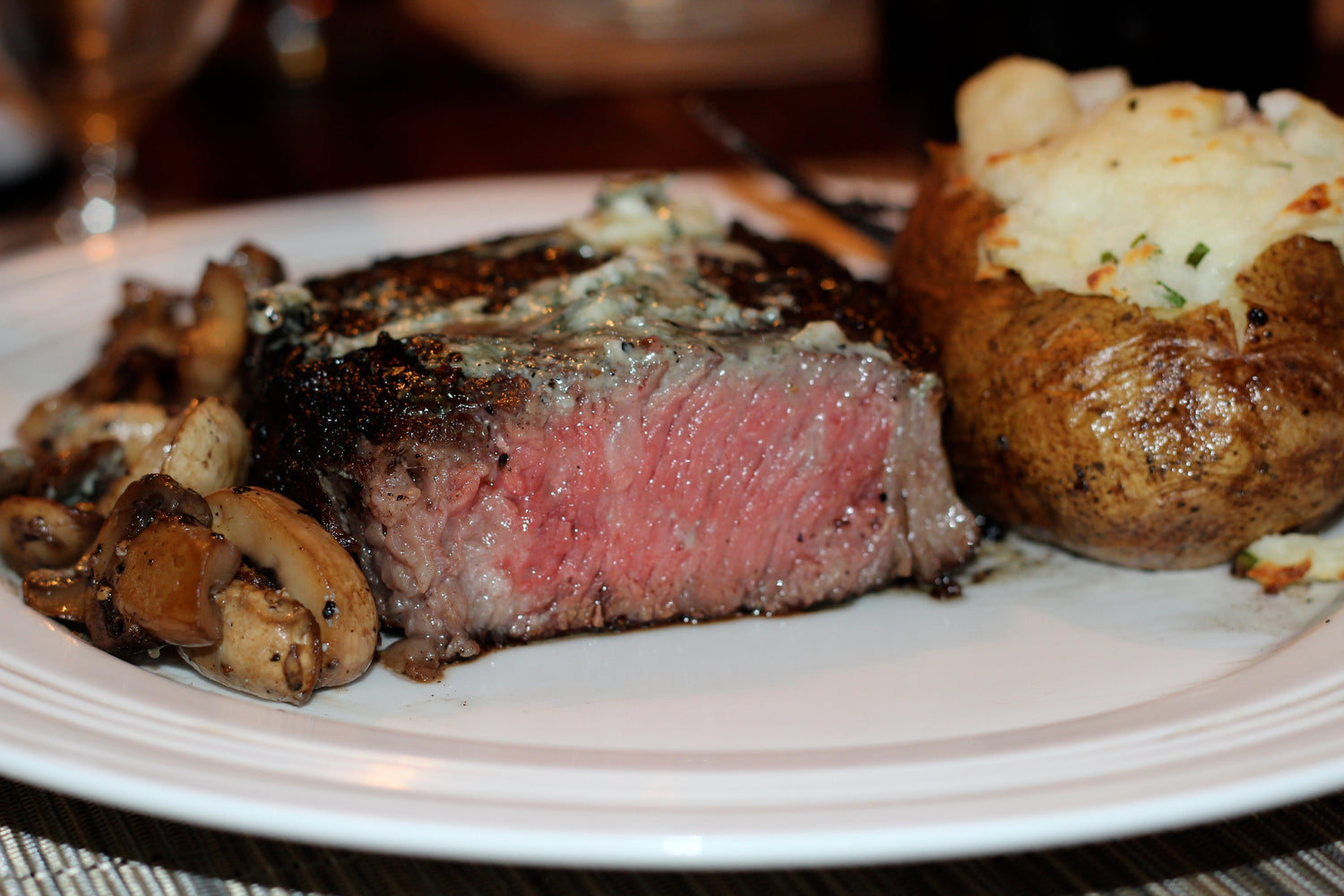
There has been a recent push for "purity" in food. Products today are marketed as “locally raised,” “sustainable,” and "free" of many ingredients deemed to be displeasing.
One such ingredient is “nitrite.” Processed meat products such as salami, ham, and turkey are claiming to be "Nitrite Free."
“Nitrite” is actually Sodium Nitrite, a salt commonly used in preserving meat and protecting the meat from growth of harmful bacteria like Clostridium and Botulinum (which can cause botulism, a dangerous and possibly fatal condition).
A “Nitrite Free” product purchased in an American supermarket undoubtedly does contain nitrite, just not in its salt form. The manufacturers of these “Nitrite Free” products often use extracts of celery or celery seed, which contain elevated levels of nitrite. The labeling laws in the U.S. allow companies that use a plant-based form of nitrite to claim their products are “Nitrite Free.” However, when using celery-based nitrite, it's nearly impossible to precisely control the concentration of nitrite in the meat since the levels of nitrite in celery can vary widely depending on its source.
By adding a nitrite salt such as Instacure #1 or Instacure #2 to your homemade sausage, you can control the amount of nitrite in the meat.

For more on the myths behind "Nitrite Free" labels, check out Michael Ruhlman's post on the topic.
Interested in learning more about sausage making? Check out our Sausage Section on our website.




